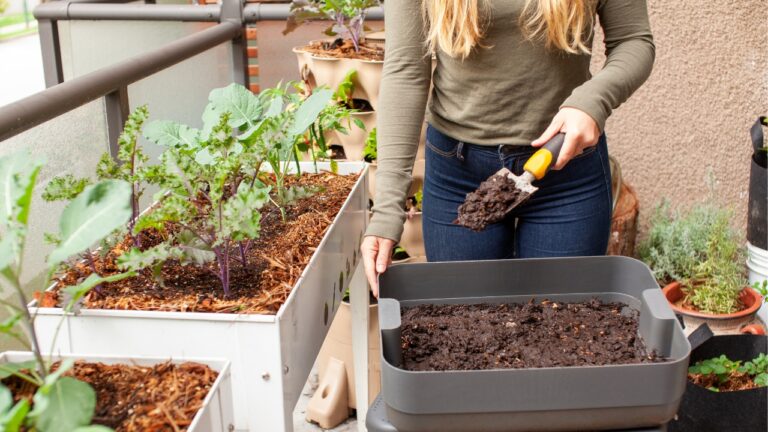7 Things That Keep Our Food Storage From Going to Waste
Stockpiling food is smart, but it only works if you actually use it. Too many folks let food storage turn into a “just in case” corner they never touch—until half of it’s expired or stale.
We’ve had our share of wasted cans and freezer-burned meat, but we’ve figured out a system that keeps things fresh and usable. Here’s what helps us keep our food storage from going to waste.
We Rotate What We Store

If you’re not rotating, you’re wasting. We keep the oldest stuff in front and bring the new stuff to the back. It’s a simple habit, but it makes sure nothing gets forgotten.
We try to use our storage like a grocery store shelf—first in, first out. That goes for canned goods, dried stuff, and even meat in the deep freezer. It takes a few extra seconds, but it saves money and headaches later.
We Only Store What We Actually Eat

We used to store stuff we thought we “should” have—things like powdered eggs or canned spinach. But if nobody in the house wants to eat it, it’s going to sit there and expire.
Now we only buy and preserve food we already use in our regular meals. That makes it easy to rotate and keeps the guesswork out of prepping dinner. You don’t need 100 pounds of beans if your family can’t stand them.
We Keep an Inventory List

When you don’t know what you have, it’s easy to overbuy—or forget what needs using up. A simple inventory keeps us from letting things go bad in the back of a cabinet or the bottom of the freezer.
We keep a dry erase board for the pantry and a running list for the freezers. When something gets used, it comes off the list. When something gets added, we write it down. Doesn’t have to be perfect—just enough to keep track.
We Cook From Storage Regularly

We make it a point to cook out of the pantry and freezer every week. That keeps things rotating and helps us stay in the habit of using what we’ve got.
Sometimes we’ll even do a full “no grocery week” just to clean out older stock. It keeps storage from feeling like emergency-only food and helps us catch things before they hit expiration.
We Store Smaller Portions

Big bags of rice or five-pound cans of veggies might seem efficient, but if you can’t use it up fast enough, it ends up going bad. We’ve had more waste from bulk items than anything else.
Now we break things down into smaller containers. It’s easier to use, easier to rotate, and there’s less risk of moisture or pests getting in. You don’t have to open a 10-pound bag of oats just to make one batch of cookies.
We Label Everything Clearly

Handwriting a date with a half-dried marker doesn’t cut it. If you can’t tell when something was stored, you’re less likely to use it—or trust it. We label everything with the date and what it is.
Whether it’s vacuum-sealed meat or dehydrated peppers, we want to know exactly what’s in there and when it was packed. It makes inventory checks faster and saves time when you’re trying to plan meals.
We Use Clear Bins and Organized Shelves

If we can’t see it, we forget about it. Clear storage bins and organized shelves help us stay on top of what we’ve got. We keep like items grouped—soups with soups, grains with grains, and so on.
Having it laid out makes it easier to grab what we need and spot anything that’s running low. It’s not about being picture-perfect—just functional. A little organization goes a long way in keeping your stash useful.
*This article was developed with AI-powered tools and has been carefully reviewed by our editors.







